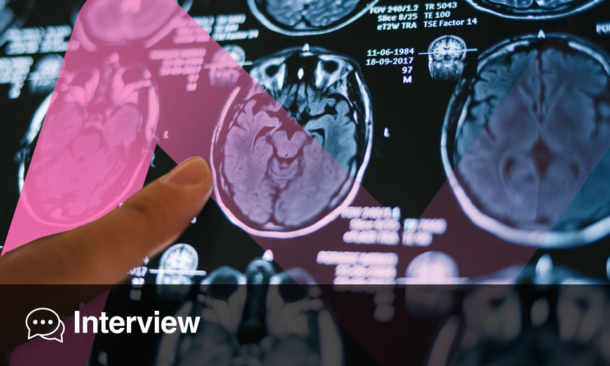DEEP learning applied to multimodal MRI may significantly improve early differentiation between Parkinson’s disease and multiple system atrophy, offering a potential breakthrough in diagnosing parkinsonian syndromes. This is according to the results of a new study. The machine learning model achieved up to 88% accuracy using combined structural and diffusion imaging data.
Researchers trained a 3D convolutional neural network (3D CNN) on brain MRI scans from 156 patients, including 92 with multiple system atrophy (MSA) and 64 with Parkinson’s disease (PD). MSA subtypes included parkinsonian (MSA-P), cerebellar (MSA-C), and mixed (MSA-PC) variants. Imaging data were sourced retrospectively from three French reference centers and included both gray matter density (from T1-weighted MRI) and mean diffusivity (from diffusion tensor imaging).
The deep learning model was tested on three binary classification tasks: distinguishing PD from all forms of MSA, distinguishing PD from the cerebellar and mixed MSA variants, and distinguishing PD from the parkinsonian variant of MSA. The highest classification accuracy (0.88 ± 0.03) was achieved when both imaging modalities were used in combination. Diffusion data alone performed best in identifying cerebellar and mixed variants, while gray matter maps were more effective for identifying MSA-P.
Importantly, the model’s interpretability was supported by activation maps, which highlighted brain regions commonly affected in MSA, including the putamen and cerebellum. Misclassified patients showed milder imaging abnormalities, suggesting the CNN may be sensitive to disease severity. These results reinforce the clinical relevance of combining structural and diffusion imaging in machine learning frameworks.
This proof-of-concept study supports the feasibility of an AI-based, user-independent diagnostic tool to aid differentiation between parkinsonian syndromes. Further validation in broader clinical settings could pave the way for earlier and more accurate diagnoses using routine MRI data.
Reference:
Mattia GM et al. Deep Learning to Differentiate Parkinsonian Syndromes Using Multimodal Magnetic Resonance Imaging: A Proof-of-Concept Study. Mov Disord. 2025. doi: 10.1002/mds.30300. [Online ahead of print]







